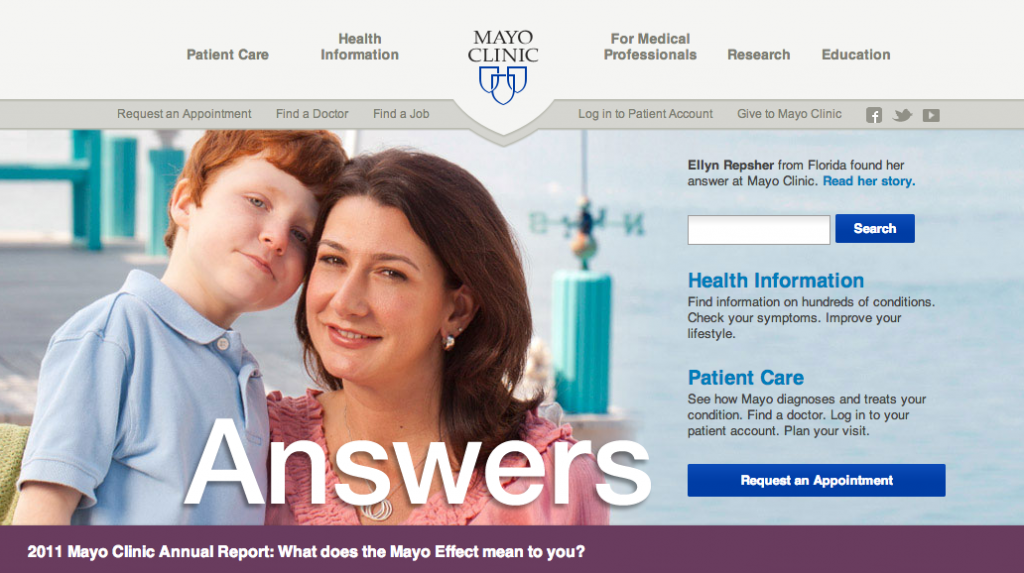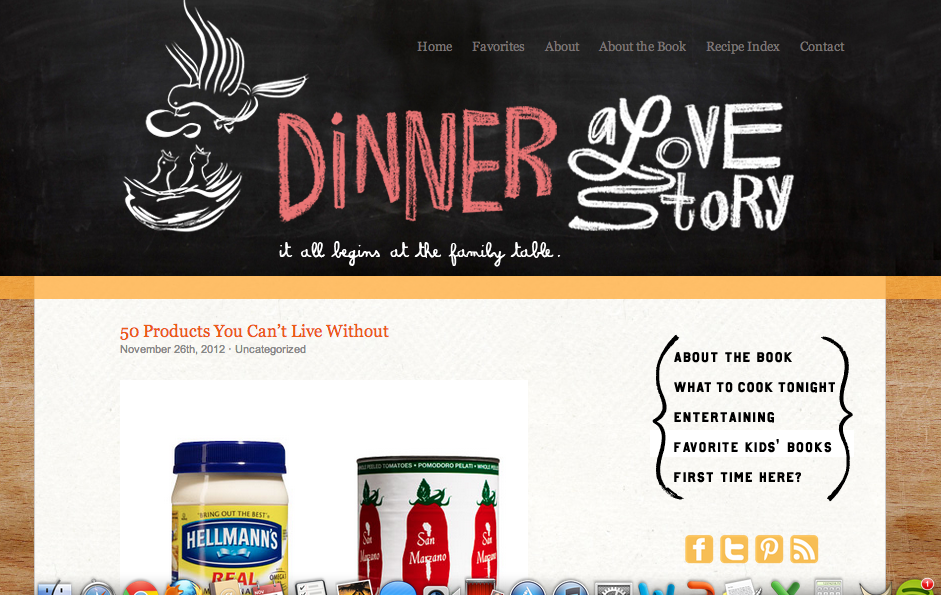 Look around—even the firms that communicate benefits over features are failing because they emphasize the wrong benefits. Instead of offering clients a way to increase profits, they talk about the efficiency of a product or the variety in design options—but do they say why clients should care?
Look around—even the firms that communicate benefits over features are failing because they emphasize the wrong benefits. Instead of offering clients a way to increase profits, they talk about the efficiency of a product or the variety in design options—but do they say why clients should care?
To reach your customers, you have to stop thinking like a marketer and start thinking like a client: What do they want? What’s in it for them? Why does this matter?
Don’t advertise how your hammer will hit the nail on the head; show how your hammer will boost the bottom line. Go straight to the long-term, highest-level payoff.
In other words, speak to ultimate benefits.
Speaking to ultimate benefits transforms your content from interesting to irresistible. Here’s how to do it well.
Step 1: Know Your Audience
Good marketing begins with a good understanding of your market. Who is your audience? What are their interests? What motivates them? What do they want? The market for a women’s clothing line is considerably different from that of a children’s toy company. The audience for a B2B brand is different from a local restaurant. Different markets mean different marketing strategies—that’s why you have to know your market well.
Think about the difference in thrust, tone and, most importantly, ultimate benefits between Chicago’s famous The Berghoff restaurant (tagline: “History is served!) and the website of the Chicago White Sox (tagline: “Appreciate the game!”).
The market is the single most important part of your advertising; the more you know about it, the better your results will be. Take the time to conduct thorough market research before moving forward. Find out whom you’re targeting and what they want. Learn their language. Notice where they’re active online. Then, use this knowledge to inform the direction of your marketing copy and campaign.
Step 2. Know What Your Product Will Mean to Them
To reach your audience, you have to tell them what your product will mean to them. Take a look at Mayo Clinic’s website—rather than making a description statement the focus, the center of the page displays “Answers” in big letters. When someone comes to Mayo Clinic’s website, there’s no confusion as to what the center could offer you, the patient or friend of a patient. This is a place where you’ll find answers.
You’d probably have no problem listing your product’s features, but do you know why they’d matter to customers? Before you can create compelling sales copy, you need to nail down exactly what benefits your product offers. Ask yourself the following:
- What will this mean for the client? (Not what will it do or provide, but what will it mean.)
- What personal gain will it give the client?
- Why would clients want it?
Then, to get even more specific about the benefits, ask yourself if you’ve gone deep enough and moved from intermediate benefits to ultimate ones. What end-results does your product provide? What’s the real value?
As you progress in this process, you’ll develop a clearer, more valuable sense of benefits, and this is crucial in making your campaign a success.
Step 3: Make Sure You Sell; Don’t Tell
Product descriptions are helpful, but product descriptions don’t sell. Instead, you need to figure out a way to communicate ultimate benefits in terms that relate directly to your market. This means thinking about selling instead of telling.
What’s the Key for Selling?
Focus on what every feature will mean to the customer. Does your food blog offer recipes? Great. What does this mean to a reader? It means a source for dinner ideas, you say. OK, so what? What does that mean? Less stress about planning? Then what does that mean? Keep pushing until you get to the end value—maybe happiness or a sense of accomplishment or better relationships. Then, take that end value and make it the central benefit of your campaign.
Look at the blog (and book by the same title) Dinner: A Love Story, for example. At its most basic, this website is a food blog with recipes—but from the moment you arrive at the front page and see the title, where a mother bird feeds her chicks and the subtitle reads, “it all begins at the family table,” you know this site promises more than a recipe for tonight’s meal. Author Jenny Rosenstrach is offering a way to bring your family together, a way to build tight relationships in your home.
What’s Your Take?
So what do ultimate benefits mean for you? Take a look at your own marketing language—are you hitting ultimate benefits or smaller ones? What about your competitors—are they taking advantage of this sales secret, or are they focusing on product features instead?
Can you think of examples of brands that are already doing this well? We’d love to hear your thoughts.



